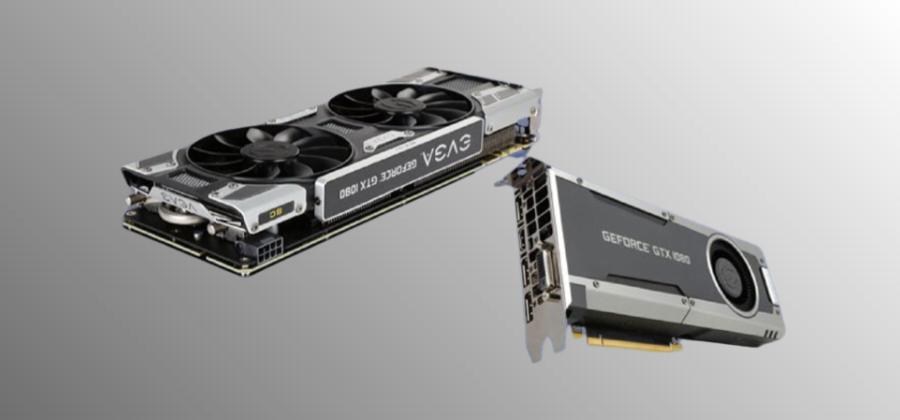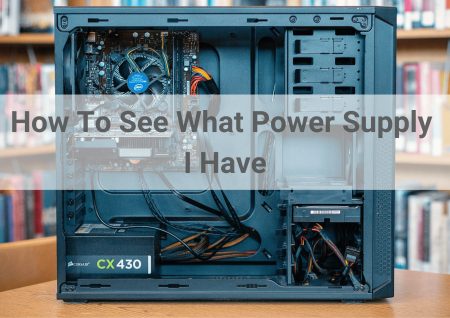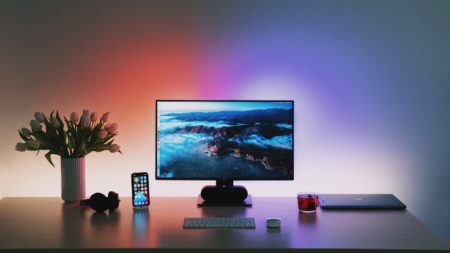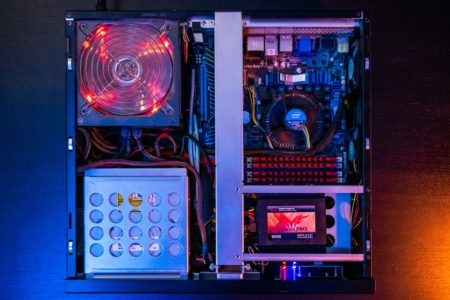The video card is a component of the computer that enables graphics display. The most crucial thing is its memory, which determines how well your graphics card can render images and textures on screen.
The performance of your graphics card is dictated by the amount of memory it has. Unfortunately, you’re stuck with the default clock speeds shipped to you from the manufacturer without overclocking. However, there’s a way to boost performance without spending more money on cards with higher memory capacity or waiting for next-generation GPUs.
This post will go over steps on how to overclock GPU memory and provide a performance booster for gaming.
- What is overclocking, and how does it work for GPUs?
- How to overclock GPU memory (with step-by-step instructions)
- Pros and cons of overclocking your GPU memory
- Pros
- Cons
- Benchmark your GPU after overclocking
- Benchmark Results
- What are the risks of overclocking your GPU memory?
- Does overclocking GPU memory make a difference?
- Conclusion
- Frequently Asked Questions
What is overclocking, and how does it work for GPUs?
Overclocking is the process of running a component at a higher than designated clock speed. This can result in increased performance and increased heat production.
GPU overclocking is a performance hack that allows you to increase how fast a GPU processes by making adjustments to the clock speeds. By default, your card comes with certain clock speeds for its memory and core. These factory settings are known as the base or reference clock speed of your GPU.
To increase the core clock speed of your video card to boost performance, you’ll need to increase the GPU memory clock speed as well. This is because the core and memory clocks are linked together with a one-to-one ratio. If you’re running a graphics card with GDDR5 memory, then performance gains will be limited by how high you can increase the memory clock speeds without affecting how well it runs on the default voltage.
This is why one should know how to overclock GPU memory.
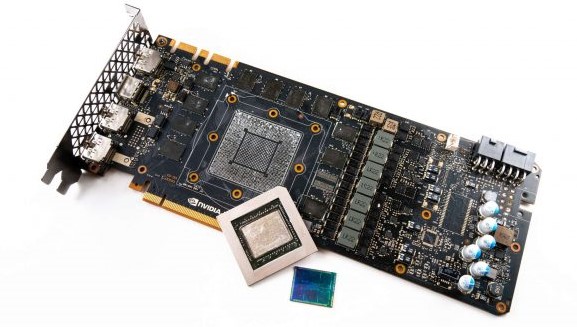
How to overclock GPU memory (with step-by-step instructions)
It’s effortless to overclock your GPU memory using MSI afterburner. However, if you want a little help on the process, here are some quick steps:
Step 1: Download MSI Afterburner
The first step to overclocking your GPU is downloading MSI Afterburner. The latest version of MSI Afterburner is compatible with both Nvidia and AMD graphics cards.
The latest version of Afterburner can be downloaded here: http://event.msi.com/vga/afterburner/index-en.html.
Step 2: Change how MSI Afterburner reads your video card’s clock speeds.
Once you have downloaded and installed MSI Afterburner, open it up. By default, the program will display the current memory and core clock speed of your graphics card. To start overclocking your video card, delete these existing values so that MSI Afterburner is not reading them.
If you’re using an AMD graphics card, you need to delete the core clock speed, and if you are using an Nvidia GPU, then delete the memory speed. To do this, right-click each value and select “delete.”
Step 3: Set how high you want to overclock your video card’s memory
Now that you’ve deleted how MSI Afterburner reads your current clock speeds, it’s time to set how high you want to overclock your GPU. This is known as the maximum value and is represented as a percentage. In this case, 100% represents how high your default core and memory clock speeds are.
To overclock your GPU memory, you must increase how high this percentage goes. This is done by moving the slider on the right side of the Afterburner’s window. The higher you move it, the more power is put onto your graphics card and the faster it will run.
Step 4: Increase how much voltage MSI Afterburner applies to your video card
If your graphics card still isn’t running how you’d like it or if it crashes, then you can manually increase how much voltage is applied to the GPU. This is done by clicking on the “voltage” button towards the bottom of MSI Afterburner’s interface.
You should only increase how much voltage is applied if you are experiencing crashes or instability after overclocking your GPU’s memory.
Step 5: Save all of the changes you’ve made to how MSI Afterburner reads and applies voltage to your video card
Once you are satisfied with how high you’ve increased the clock speeds on your video card, then it’s time to save your settings. You can do this by clicking on the “save” button towards the top of MSI Afterburner’s interface.
As a final step, you can also save how much voltage is applied to your graphics card by pressing the “apply” button towards the bottom of MSI Afterburner’s window. This way, if you decide to change how high you’ve increased how much voltage is applied to your graphics card, you won’t have to change how much it’s currently set at manually.
Congratulations! You’ve successfully overclocked your video card’s memory and are now enjoying how much faster it runs!
Pros and cons of overclocking your GPU memory
Pros
Overclocking GPU memory or knowing how to overclock GPU memory is not enough. There are many benefits of overclocking your GPU’s memory that we should know. Here is a short list:
- It can increase how well a graphics card runs.
- If you’re playing a more demanding game, overclocking your memory could potentially boost how well the game performs by increasing fps.
- Overclocking could also increase how much money you save by buying a new video card less frequently.
Cons
On the other hand, there are some downsides to overclocking your GPU’s memory. Here is a short list:
- It can increase the temperature of the GPU and, as a result, can also increase the temperature of the overall PC.
- Overclocking the GPU can make it unstable, causing crashes.
- May decrease how long your graphics card will last (however, this is disputed).
Benchmark your GPU after overclocking
After knowing how to overclock GPU memory, we should also learn how to benchmark your GPU. Following is the standard way of benchmarking your GPU:
- Download 3DMark to see how well your computer can run it at default settings.
- Set the quality of the graphics to low and render at 1080p.
- Run the benchmark three times to get an average score.
- Compare how much performance you’ve gained after overclocking your GPU memory.
If you’re not satisfied with how high you’ve increased how much voltage is applied to your graphics card, or if you are still experiencing crashes, then try decreasing how much voltage is applied. You can do this by moving how much voltage MSI Afterburner is applying to your video card back towards the slider’s left.
Benchmark Results
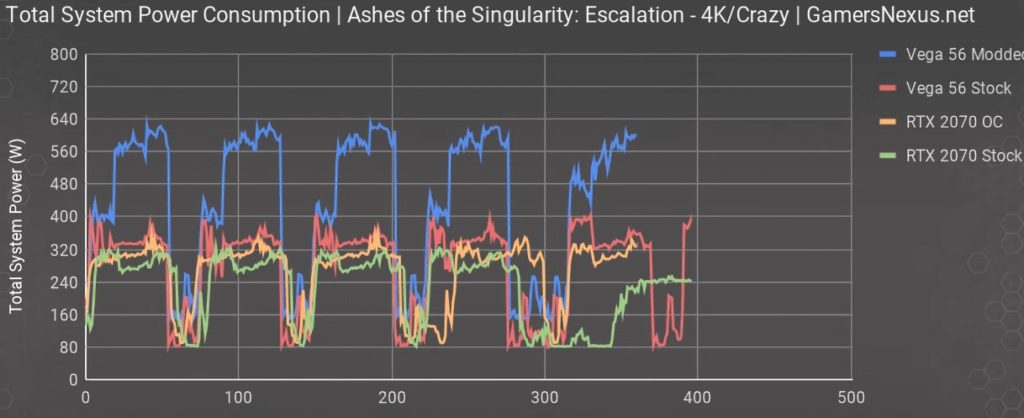

What are the risks of overclocking your GPU memory?
The risks of overclocking your GPU’s memory are very minimal. Of course, you may experience instability or crashes, but if you follow the steps in this guide carefully and make sure how much voltage is applied to your video card is not set too high, it should not harm anything.
If you are still experiencing crashes after overclocking your GPU’s memory, try decreasing how much voltage is applied to your video card. You can do this by moving how much voltage MSI Afterburner is applying towards the slider’s left.
Does overclocking GPU memory make a difference?
YES. When you overclock how much voltage is applied to your video card, this causes how high the memory clock speeds. By increasing how high these clock speeds are, it allows more data to go through constantly. This means that your video card will run games better and perform how well it was designed to at higher resolutions and settings.
Conclusion
If you’re looking to get the most out of your graphics card, overclocking how much voltage is applied can be an excellent way to do so. Following these simple steps and benchmarks will help you see how much performance has increased after overclocking how much voltage was applied. Unfortunately, there are many articles about overclocking GPU memory, which causes instability or crashes, but following this guide carefully should prevent any harm! If overclocking your GPU is not enough and you need extra performance please check out our other article Best GPU For Ryzen 5 5600x.
Frequently Asked Questions
How do you know how much the graphics card is overclocked?
If you want to test how much voltage is applied is overclocked, you can use a program called MSI Afterburner. When running this program, it might tell how much voltage is applied.
Can I undervolt my video card?
Yes, you can undervolt how much voltage is applied to the graphics card. Undervolting voltage will allow GPU clocks to be lowered. This helps how well your computer performs and how long your graphics card will last.
What is 3DMark?
3DMark is a benchmark that tests how well your GPU and CPU can run at default settings. It has three different tiers: Performance, Extreme, and Fire Strike.

